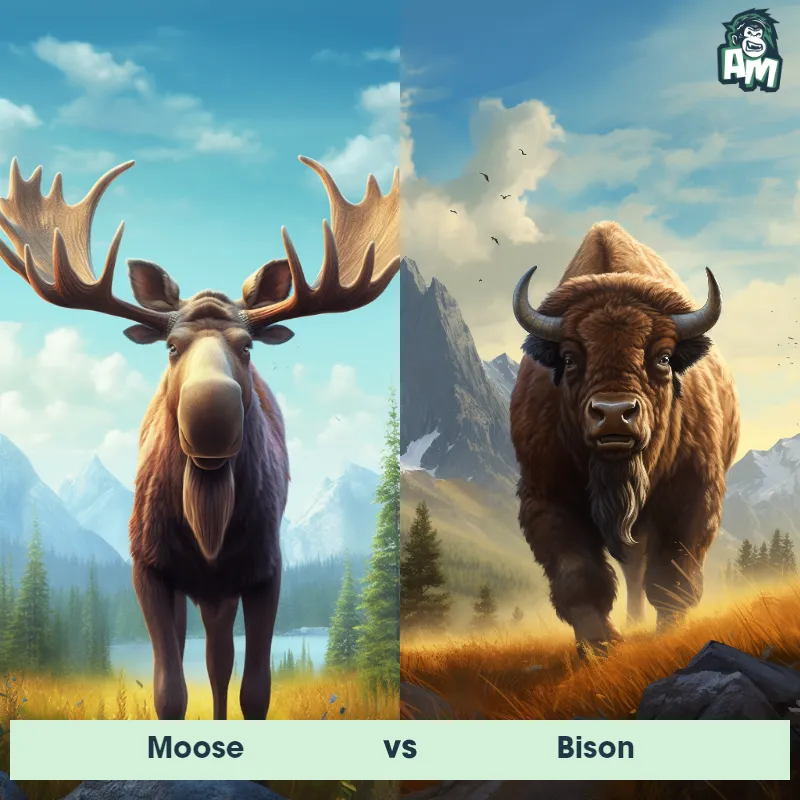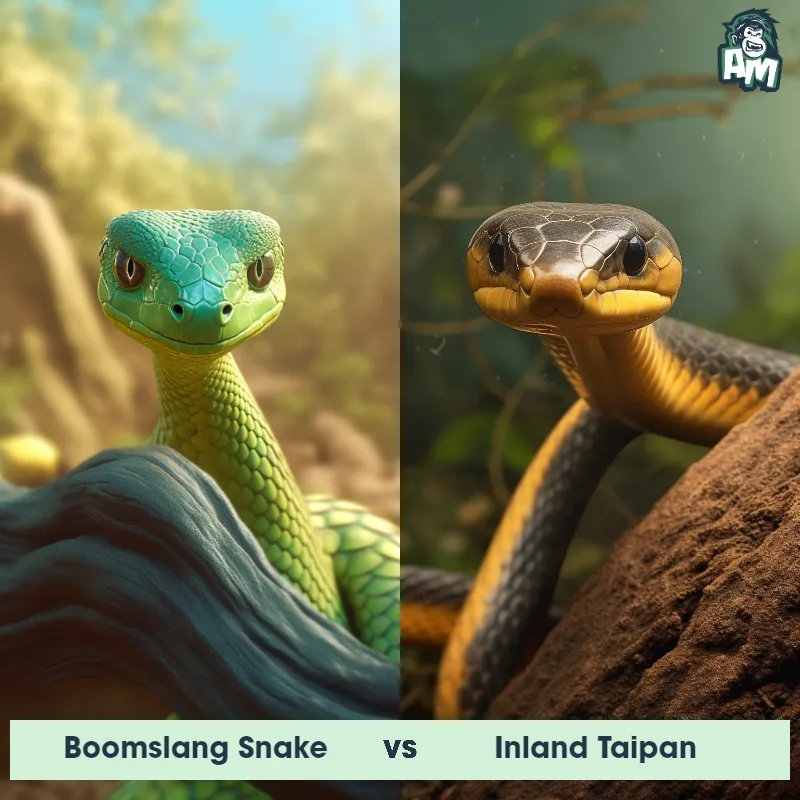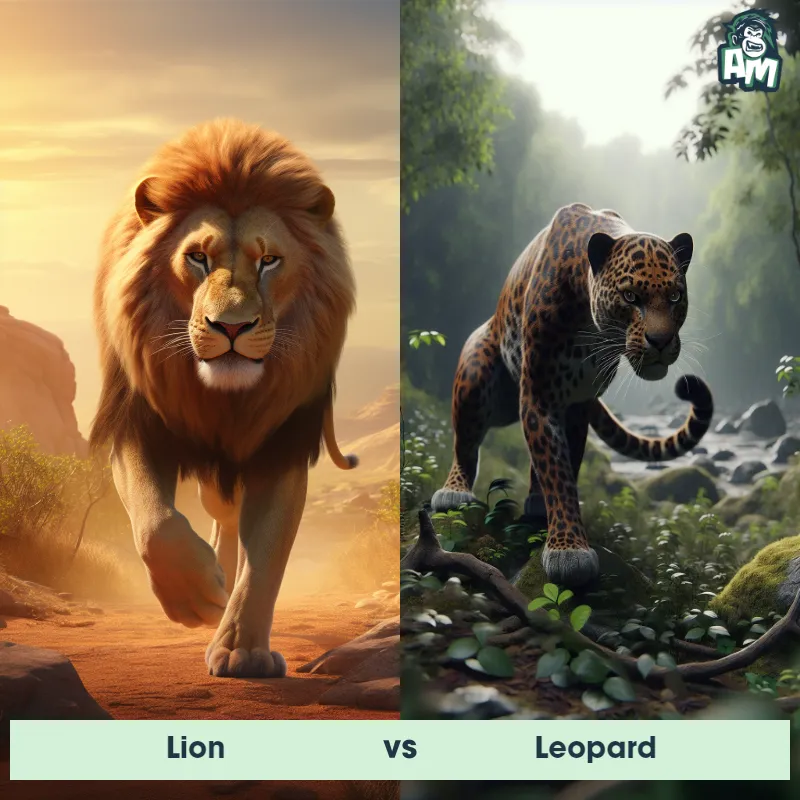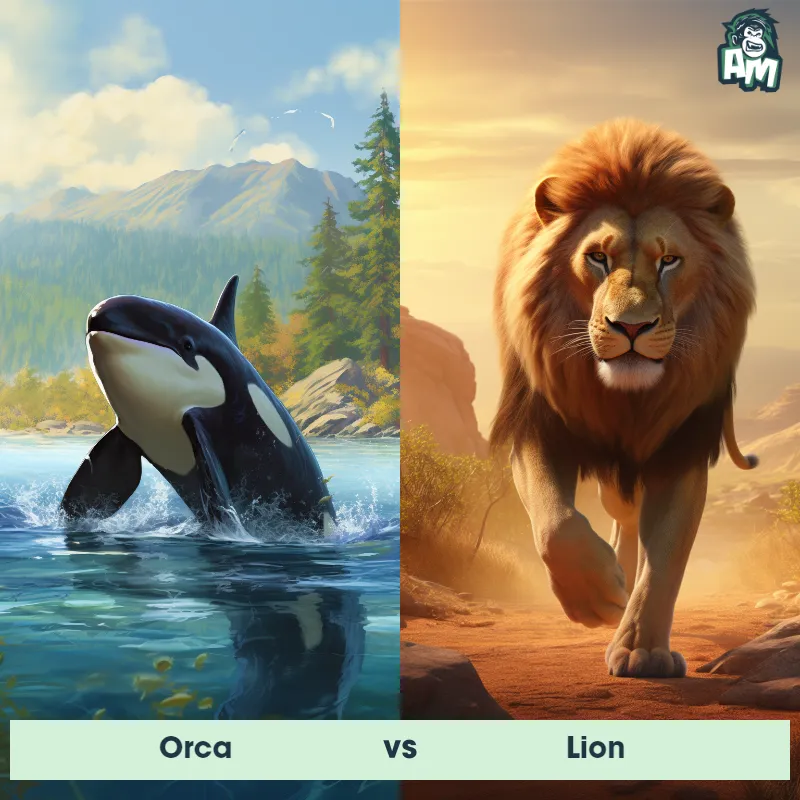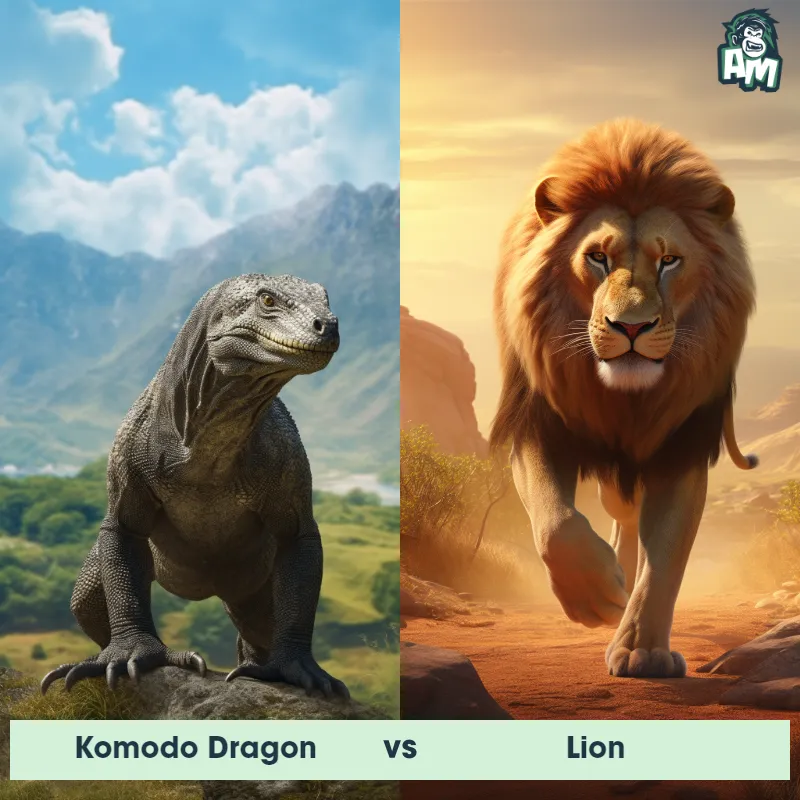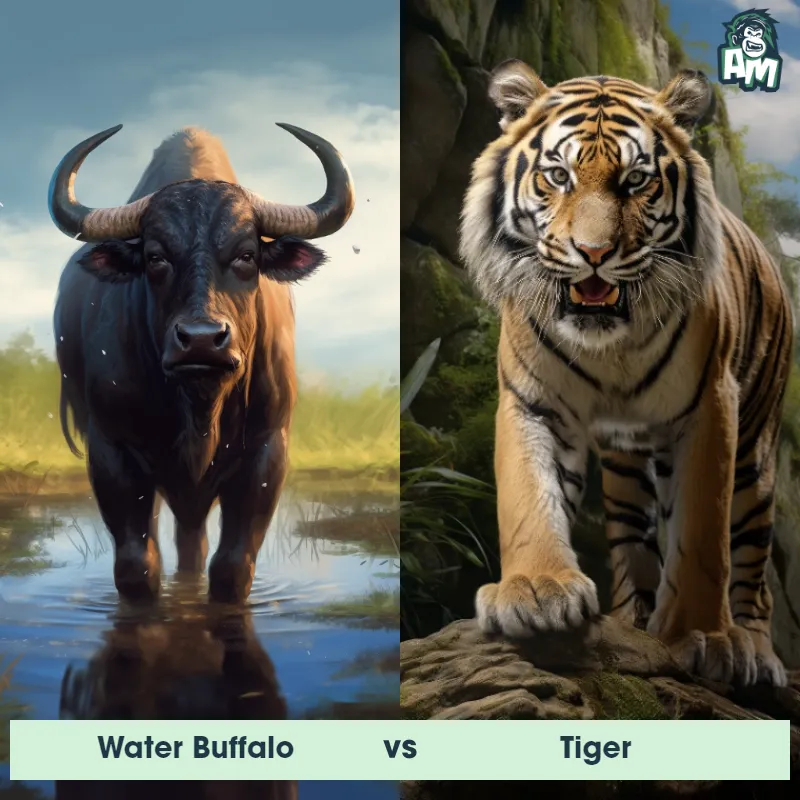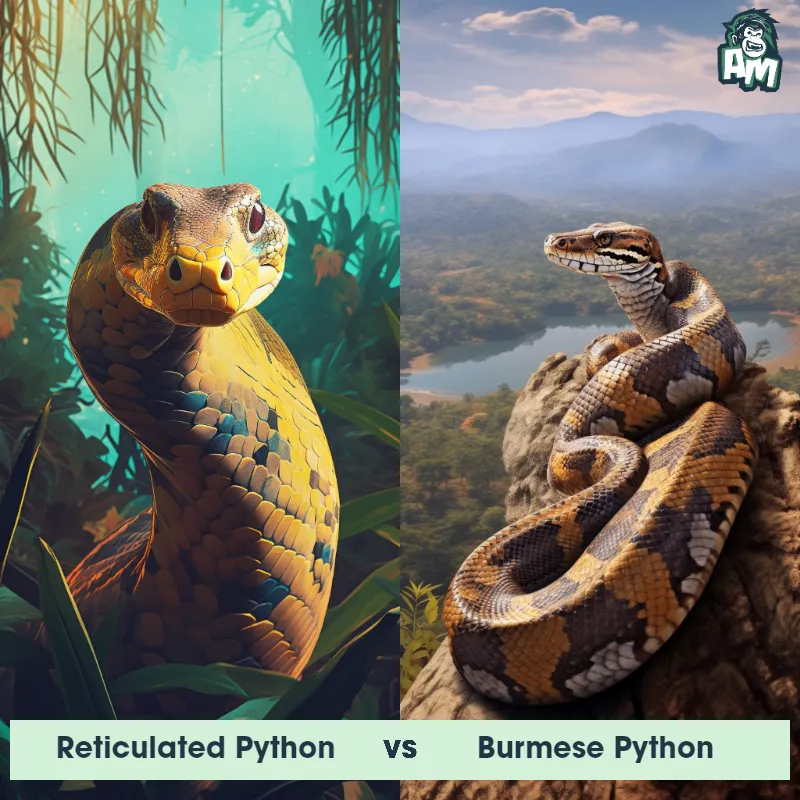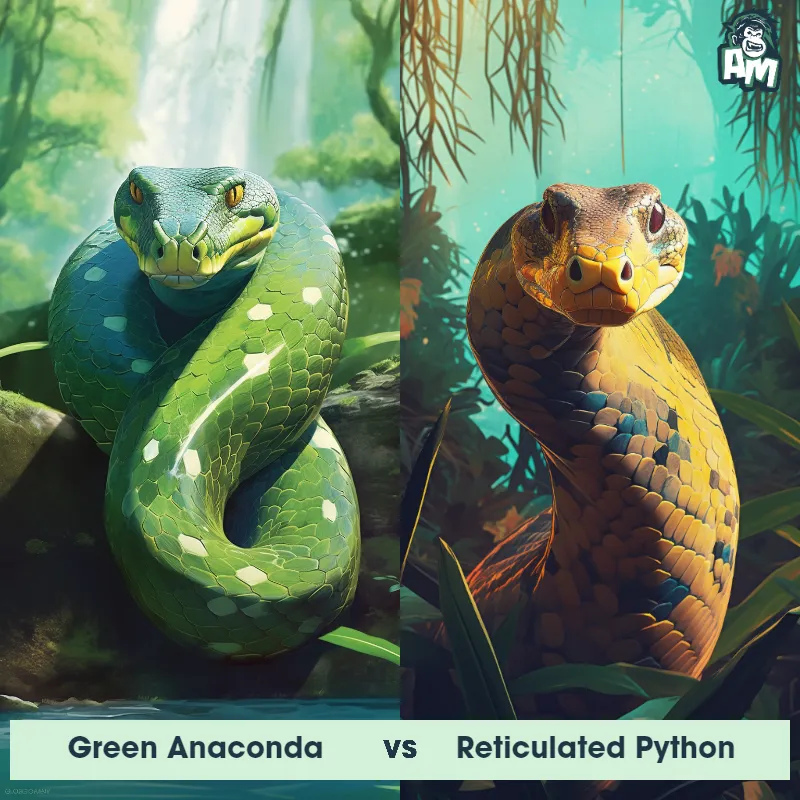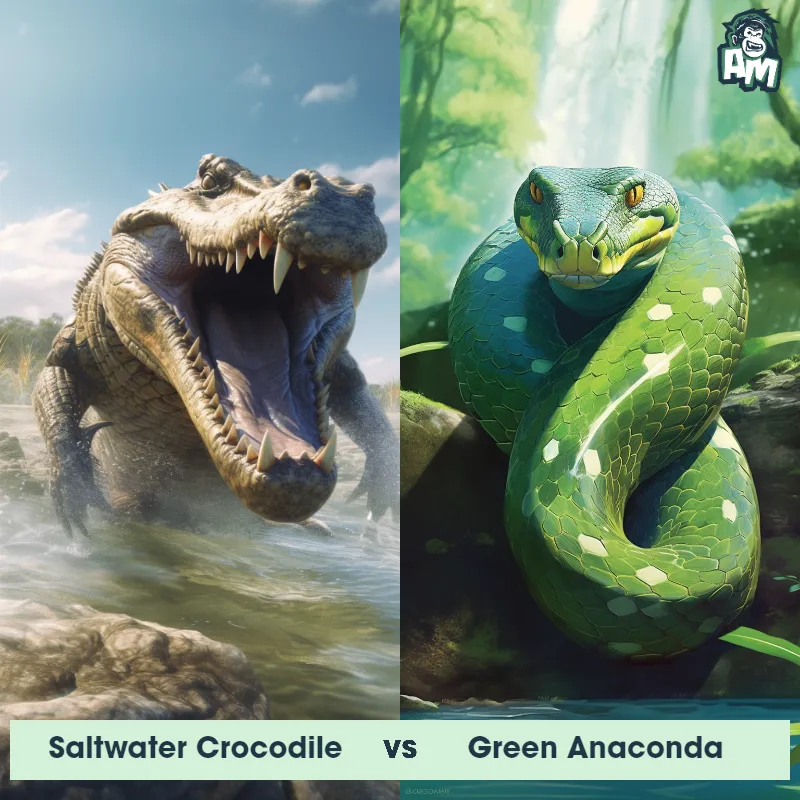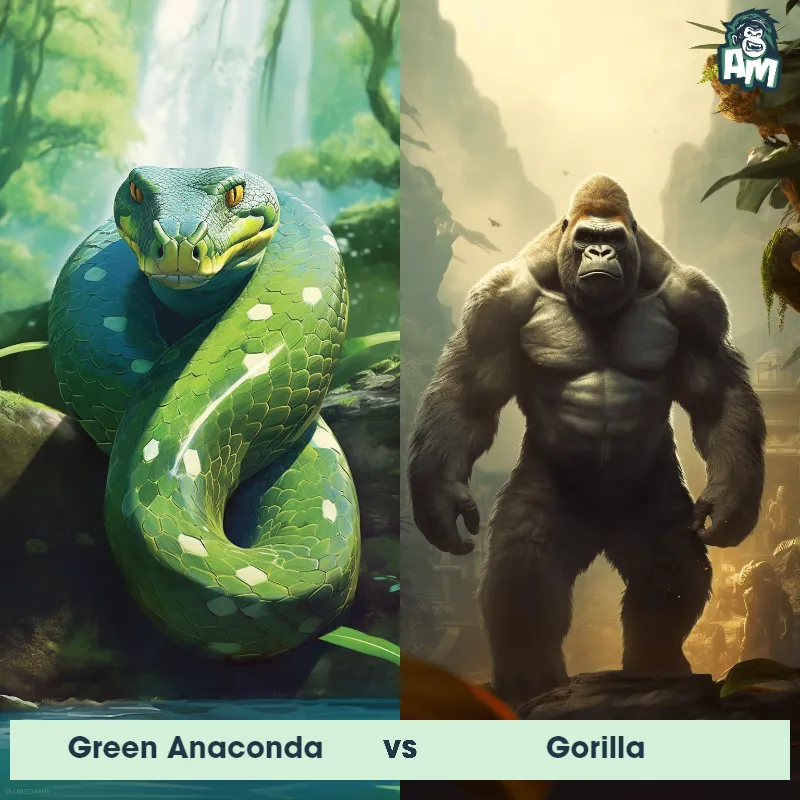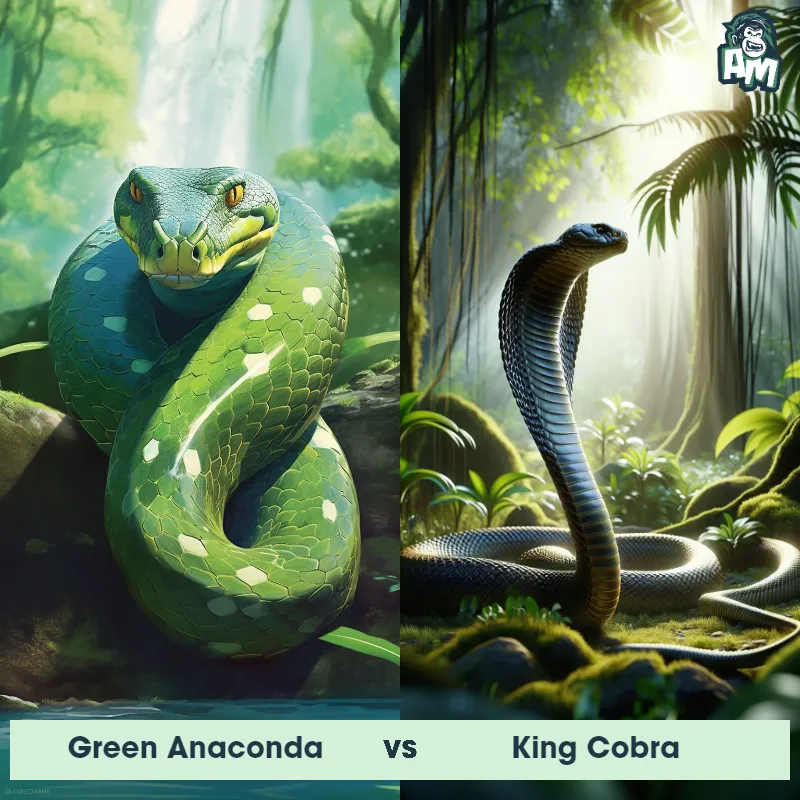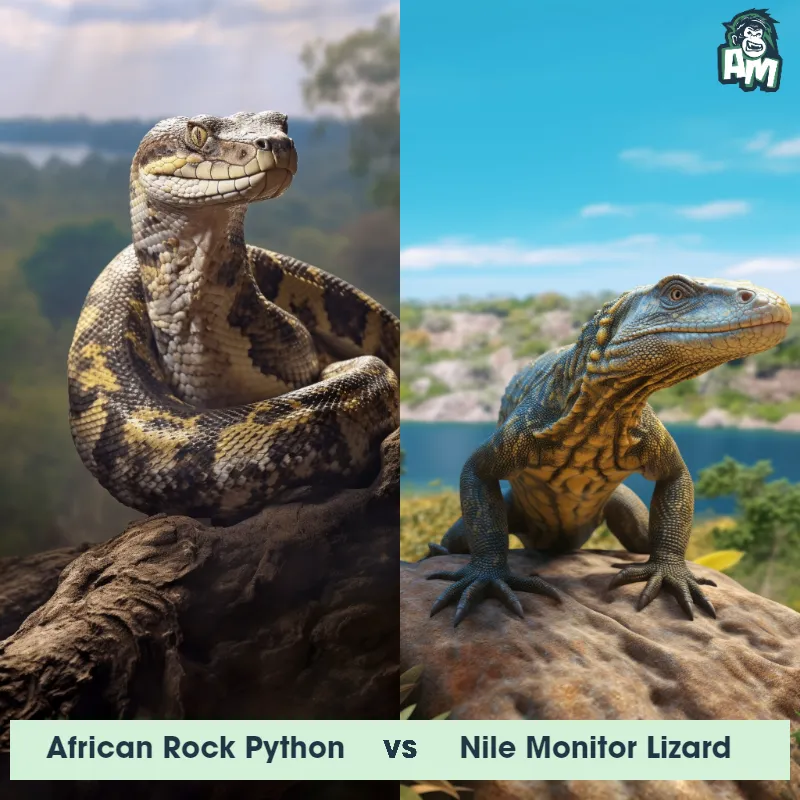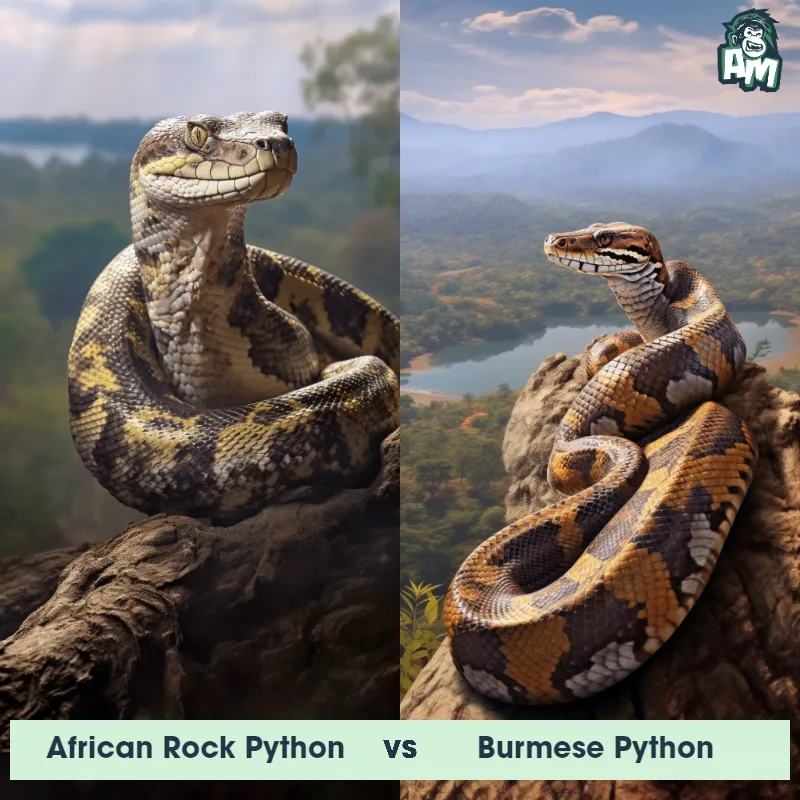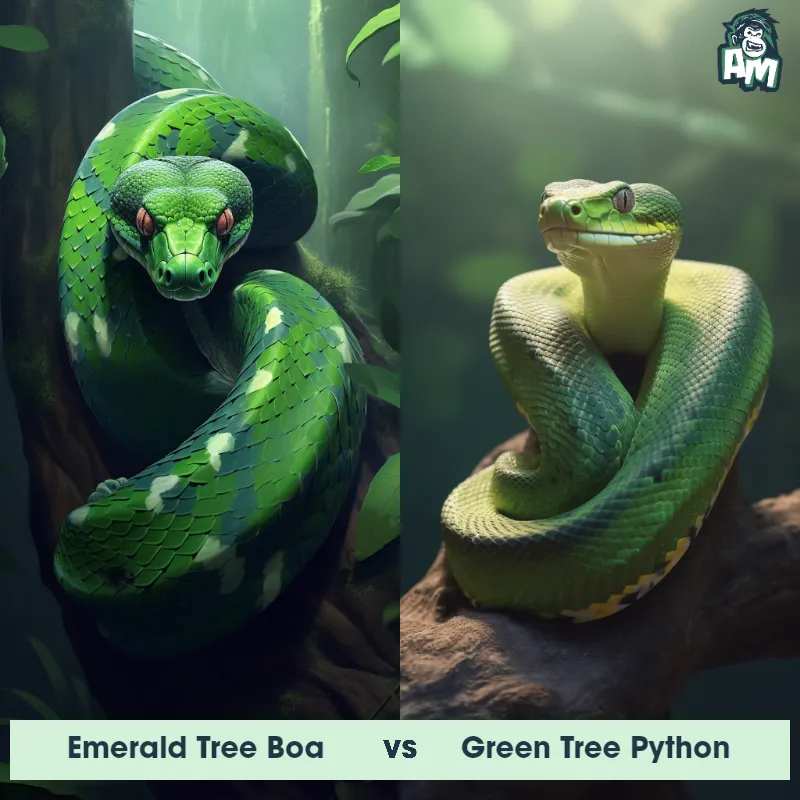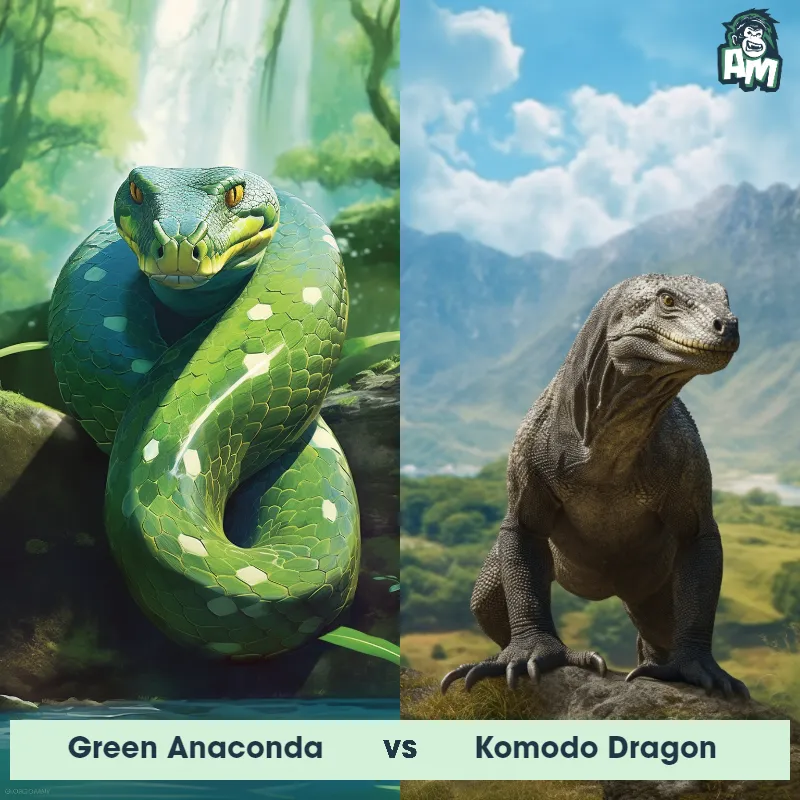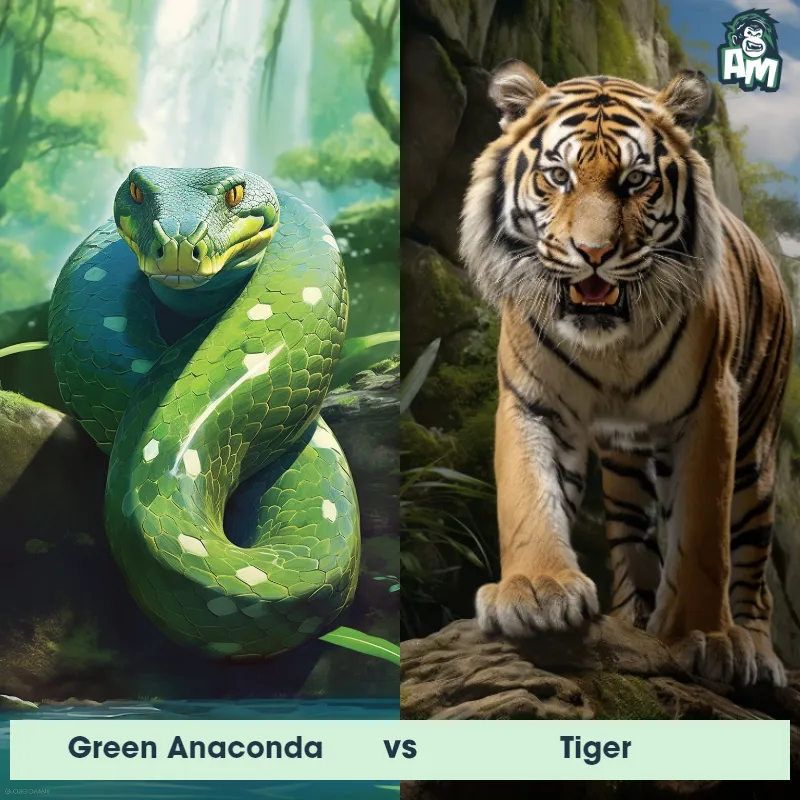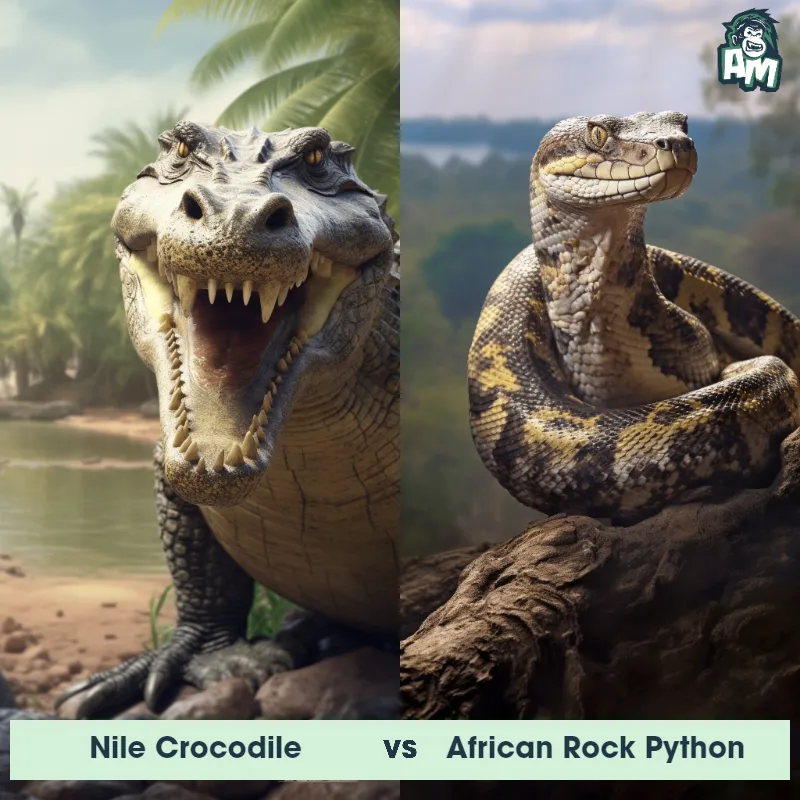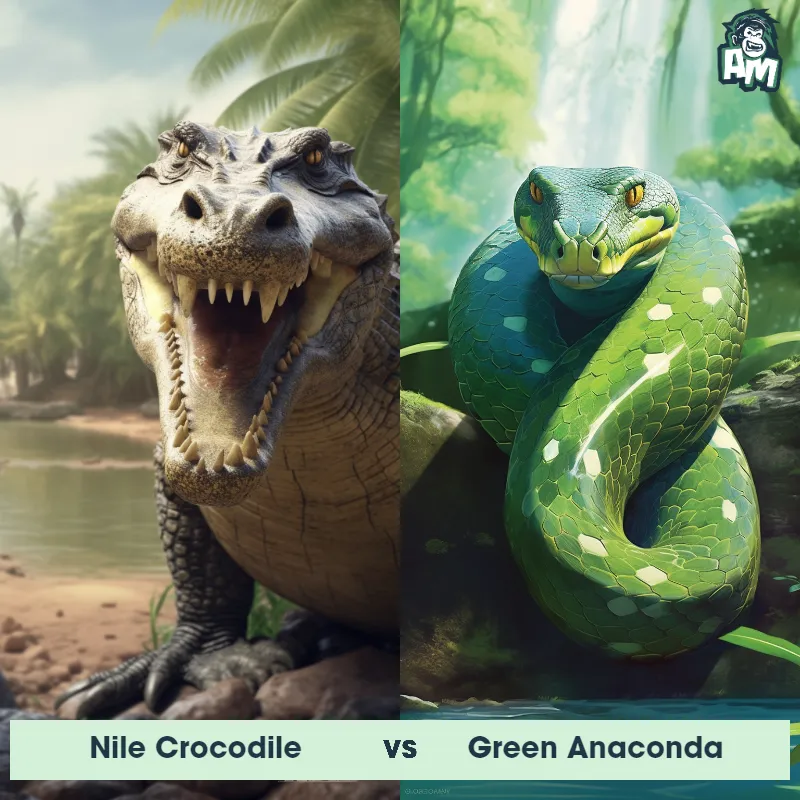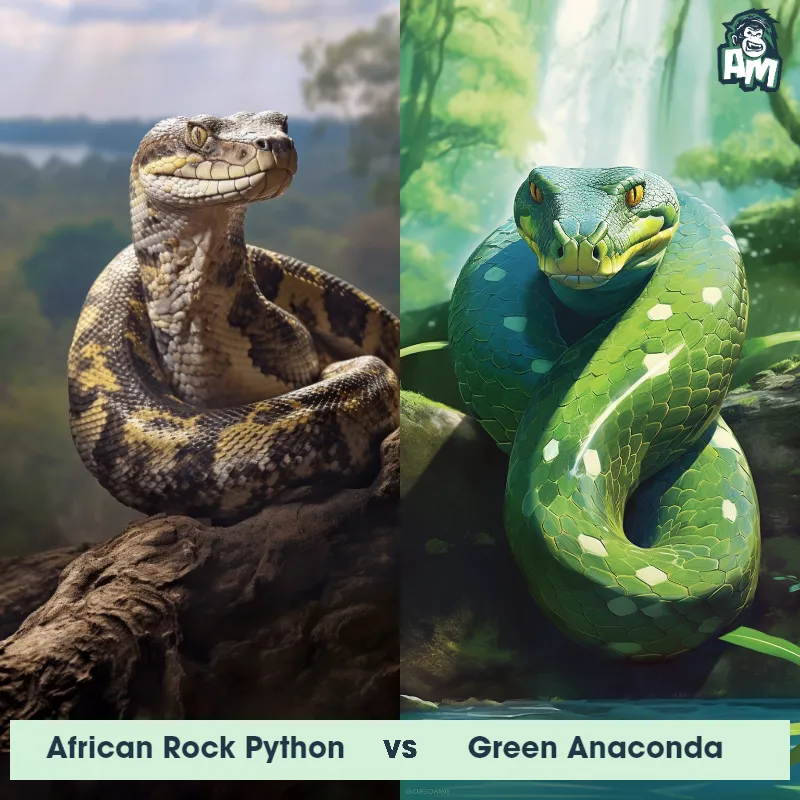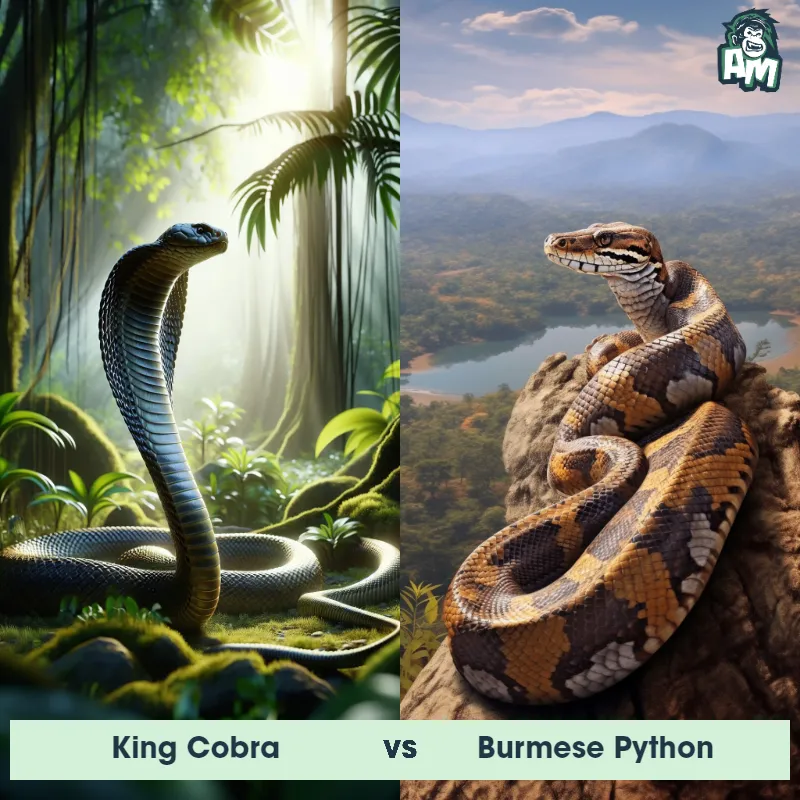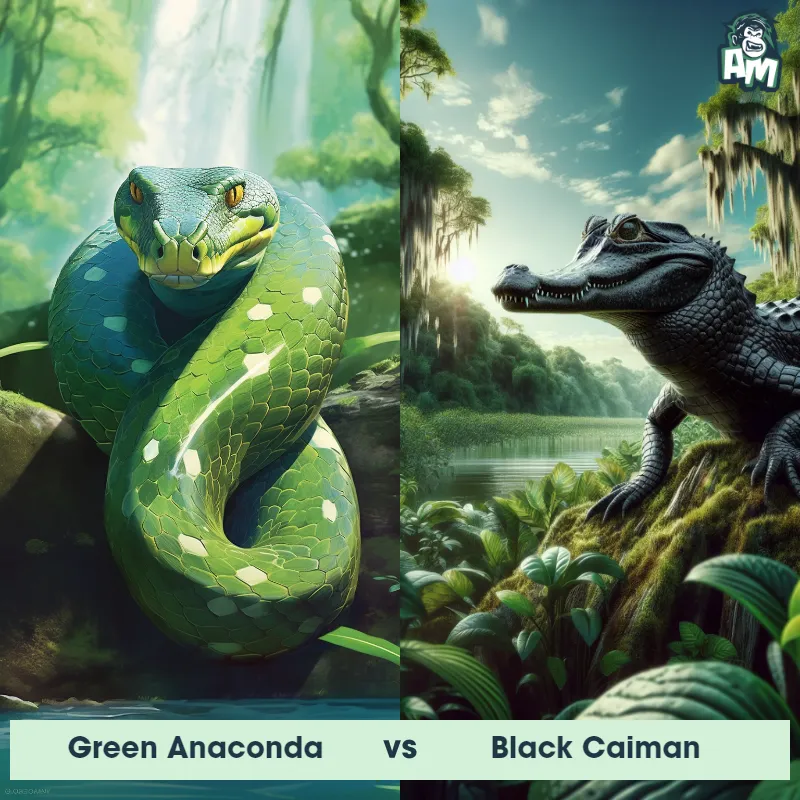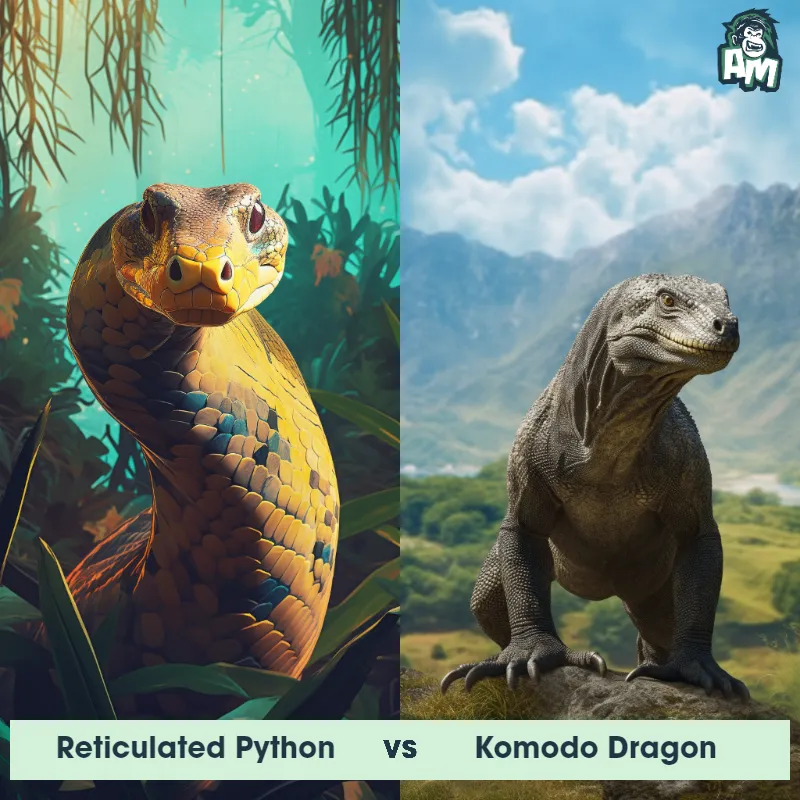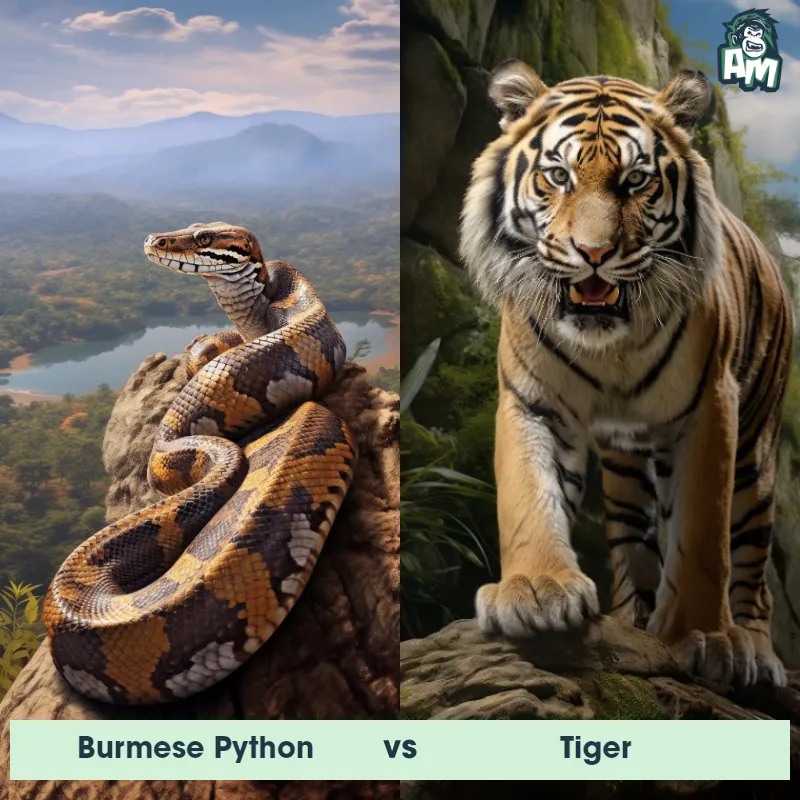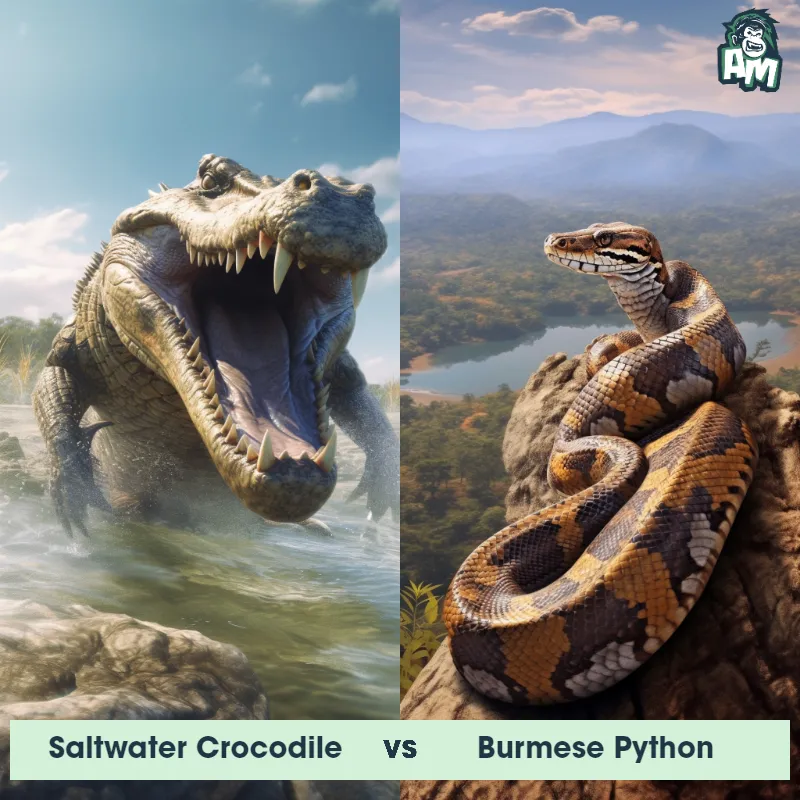Green Anaconda vs Burmese PythonSee Who Wins

Tensions rise as two of the world's most formidable constrictors prepare to tangle! Hailing from the wetlands of South America, the Green Anaconda brings its immense girth and power. From the rainforests of Southeast Asia, the Burmese Python slithers in with its incredible length and stealth. In a battle of coils and constriction, who will reign supreme?
Contender 1: Green Anaconda
The Green Anaconda, also known as the common anaconda, is one of the largest and heaviest snakes in the world, with females growing up to 30 feet long and weighing over 500 pounds. They have a dark green coloration with black oval spots along their back and sides, and their eyes and nostrils are located on the top of their head, allowing them to breathe and see while mostly submerged in water. They are non-venomous constrictors, using their powerful muscles to squeeze their prey to death before swallowing them whole.
Fun Fact: Green Anacondas are excellent swimmers and can stay underwater for up to 10 minutes, using their nostrils to breathe while submerged.
Contender 2: Burmese Python
The Burmese Python, also known as Python bivittatus, is one of the largest snakes in the world, growing up to 23 feet in length and weighing up to 200 pounds. They have a distinctive pattern of brown and tan scales with dark blotches, and their heads are shaped like a triangle. Burmese Pythons are non-venomous and kill their prey by constriction, squeezing their prey until it suffocates.
Fun Fact: Burmese Pythons are excellent swimmers and can stay underwater for up to 30 minutes at a time.
Matchup Stats
| Green Anaconda | Burmese Python | |
|---|---|---|
| Size | Up to 30 feet (9.1 meters) long | Up to 23 feet (7 meters) |
| Weight | Over 500 pounds (227 kilograms) | Up to 200 pounds (91 kilograms) |
| Speed | Speed: 5 mph (8 km/hr) | Speed: 5 mph (8 km/hr) |
| Key Strength | Powerful constricting muscles | Constriction |
| Biggest Weakness | Slow movement on land | Vulnerable to attacks on the head |
Current Votes
Green Anaconda vs Burmese Python
See Who Wins
View More Matches
Looking For More?
Similar Matches
Scientific Stats
| Green Anaconda | Burmese Python | |
|---|---|---|
| Scientific Name | Eunectes murinus | Python bivittatus |
| Family | Boidae | Pythonidae |
| Habitat | Freshwater rivers, swamps, and marshes | Terrestrial |
| Geography | South America | Southeast Asia |
| Diet | Carnivorous, feeding on a variety of prey including fish, birds, mammals, and reptiles | Carnivorous, preys on mammals, birds, and reptiles |
| Lifespan | 10 years - 30 years | 20 years - 30 years |
Key Differences between Green Anaconda and Burmese Python
- Coloration: Green Anacondas have a dark green background color with black spots along their bodies, giving them a distinctive appearance. Burmese Pythons, on the other hand, have a light tan or brown background color with reddish-brown blotches outlined in darker brown or black.
- Scales: Green Anacondas have smooth scales throughout their bodies, while Burmese Pythons have keeled scales. These keeled scales give the python's skin a rough texture.
- Head Shape: The Green Anaconda has a rounded, robust head with a relatively short snout. In contrast, the Burmese Python has a more elongated, triangular-shaped head with a longer snout.
- Tail Shape: The tail of a Green Anaconda is relatively short and thick, tapering gradually towards the end. In contrast, the Burmese Python has a longer and slender tail that tapers more abruptly.
- Size: The Green Anaconda is known to be the heaviest snake in the world, with females reaching lengths of up to 30 feet and weighing over 500 pounds. On the other hand, the Burmese Python is slightly smaller, with adult females typically reaching lengths of 18-20 feet and weighing around 200 pounds.
- Patterns: The pattern on a Green Anaconda is typically more uniform, with its dark spots appearing in a regular pattern along its body. Burmese Pythons, on the other hand, have irregular blotches that can vary in shape and size, creating a more random pattern.



